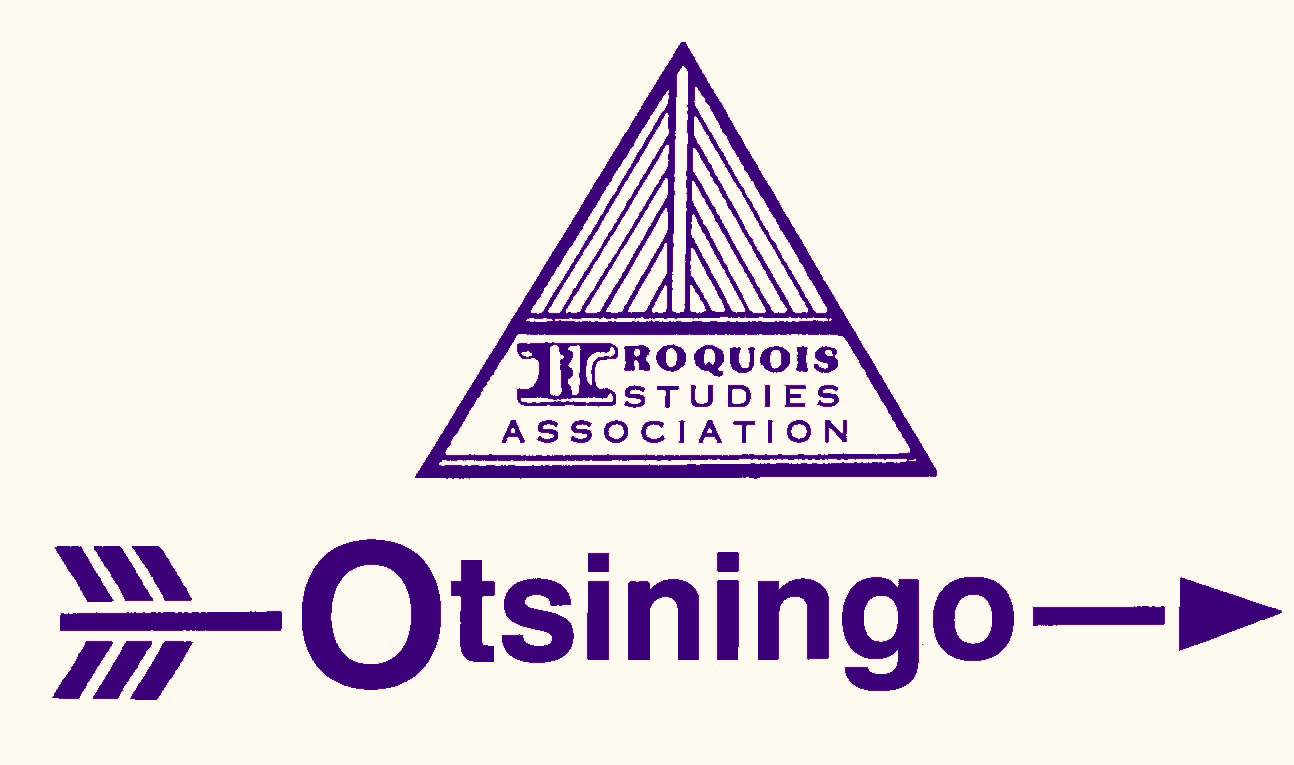Onaquaga Exhibit Reinterpreted
Since 1971 there has been a small exhibit at the Colesville/Windsor museum at St. Luke’s Church in Harpursville that deals with the former Native American villages in the Onaquaga (On-a-qua-ga) Valley. Onaquaga is located near the Broome County village of Windsor.
This spring the Onaquaga museum exhibit has been reinterpreted by Marge Hinman, a founder of the Old Onaquaga Historical Society which spent many years in the 1960’s promoting the idea of establishing a State Historic Site at Onaquaga.
The exhibit outlines the importance of 18th century Onaquaga.
Onaquaga was especially important because there was major interaction there between Indians and white men for half a century before the American Revolution. The new exhibit, with illustrations, lists 14 reasons why Onaquaga was important:
- Two Iroquois Nations lived at Onaquaga; an Oneida village was located around the island in the Susquehanna and Tuscarora villages were to the north and south along the river.
- The settlement was the southernmost village of the Six Nations and so closest to many white settlements, the destinations of trading and raiding expeditions.
- It was on the "Old Warriors Trail" from Capouse Meadows (North Scranton) to Onaquaga and north and east.
- It is the closest place where the Susquehanna River comes to the Delaware River so there was a carrying place between the two (perhaps Mount Carmel Road off of the East Windsor Road or present Rt 17.)
- In 1736, before Sir William Johnson became Indian Agent for the Crown, he set up a trading post at Onaquaga.
- In 1756 a fort was built there during the French and Indian War to protect the families of the men so they would go to war with the British. It was destroyed in 1762 at the request of the Indians.
- From 1748 to 1777 missionaries ministered to the people living there. Those who lived there before the Revolution were Rev. Elihu Spencer (1748), Rev. Gideon Hawley (1753-1757) who left a map and diaries that contain invaluable information on the settlement (his interpreter was Rebecca Ashley), Mr. Bowman (1761), Eli Forbes & Asaph Rice (1762), Rev. Charles Jeffrey Smith (1763), Joseph Wooley, a teacher (1764-65), Rev. Theophilus Chamberlin & Titus Smith (1765), Rev. Ebenezer Moseley (1765-73), and Aaron Crosby (1774-1777.)
- Rebecca Kellogg Ashley, probably the only white woman living there, died in 1757. The Tuscarora Chapter, D.A.R., remembered her with a marker on Dutchtown Road in 1909.
- Many at Onaquaga became Christians and chose to stay on the side of the Americans during the Revolution, much to the credit of Rev. Samuel Kirkland.
- The residents of Onaquaga adopted many of the white man’s ways by building log houses with stone chimneys and glass windows, and using farming techniques (plows and planted hayfields). Mr. Gunn was a blacksmith there.
- Chief Joseph Brant had a farm and cattle at Onaquaga and married the daughter of an Onaquaga chief. He chose to fight with the British and used Onaquaga as a base of operations.
- In 1778 Gov. George Clinton requested Gen. Washington to have Onaquaga and neighboring Unadilla destroyed because they were being used as bases of operation by the British and their Indian allies. So, in October, 1778 the 4th Pennsylvania Regiment came from Schoharie and destroyed the towns. No lives were lost, but in retaliation Cherry Valley was raided.
- In August, 1779 Gen. James Clinton’s army camped at the burned out Onaquaga Village on their way to meet Gen Sullivan’s army at Tioga Point.
- In 1783 the Revolutionary War ended and in 1786 some of the first settlers in Broome County began their homesteads on lands that earlier had been cleared by the residents of Onaquaga.
Colin G. Calloway, in his book, The American Revolution in Indian Country: Crisis and Diversity in Native American Communities, included Onaquaga as one of the eight most important Indian communities of the Revolutionary period.
Otsiningo In The 18th Century
Otsiningo was a neighboring settlement that was contemporary with Onaquaga. Both settlements were composed of several villages that were spread out along the river. Both areas served as resettlement areas for Indian people who were feeling pressure from white settlement in the south and east who were invited to take shelter under the Iroquois Tree of Peace. You can learn more about Onaquaga in a book written by Marge Hinman, Onaquaga: Hub of the Border Wars and Dolores Elliott’s Otsiningo: An Example of an 18th Century Settlement Pattern in Current Perspectives in Northeastern Archeology edited by Funk and Hayes will give you more information on Otsiningo.
Contributed by Marjorie Hinman
and Dolores Elliott

